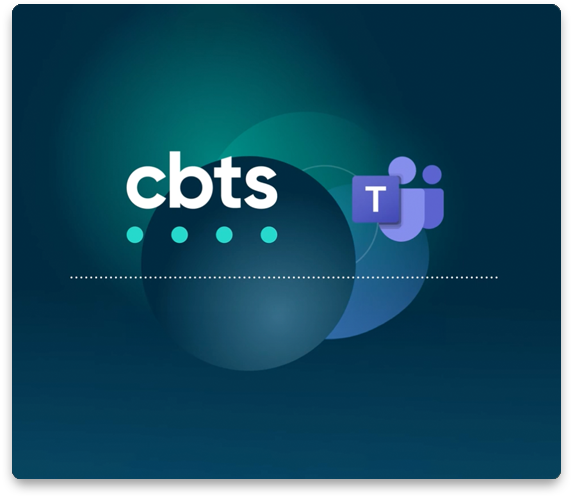
As business landscapes grow more distributed and complex, keeping employees in contact with one another—not to mention with vendors, contractors, customers, and other essential business contacts—becomes more of a challenge.
Legacy models of enterprise communications are brittle. As agility becomes increasingly fundamental to modern operations, constraints are felt more acutely. These pain points are frustrating, but beyond that, they can have a long-term impact on organizational health and growth.
Unified communications platforms are designed to address these growing pains, empowering organizations to scale up more smoothly and transform operations.
Improving the user experience with high-quality communication
Daily business depends on reliable, high-quality communication between your employees—and with more employees than ever working remotely, the technology that connects them is increasingly load-bearing. A poor user experience can limit employees’ ability to connect effectively with each other and with customers, causing friction and inefficiency in your operations.
Call quality
When connecting with a coworker over a video or voice call, the entire experience hinges on being able to see or hear the other person clearly. Poor sound and video quality frustrate users, interrupt workflow, and result in missed information. A recent study even found that poor audio quality can lead to negative perceptions of the speaker.
Today’s enterprise voice-over-IP (VOIP) solutions rely on high-quality network connectivity. A stable, modern network optimized for communications traffic ensures minimal interruptions in voice and video calls. Choose a leading enterprise VOIP platform on top of intelligent network configuration and routing tools to maximize call quality.
Hybrid and remote working
Flexible work arrangements have, in many cases, become a baseline expectation for employees—if not fully remote, then at least offering one or more work-from-home days per week. However, enterprise communication needs are the same whether workers are on site or halfway around the world.
Cloud-based communications platforms like Unified Communications as a Service (UCaaS) and Contact Center as a Service (CCaaS) are separate from on-premises organizational infrastructure and make it simple for employees to maintain a constant communications presence. Desktop and mobile communications apps allow employees to make and receive calls anywhere via a consistent user interface that streamlines the switch and ensures ease of use. Moreover, solutions like Microsoft Teams and Webex Calling incorporate file sharing and collaboration features, keeping all project components in a single place for a seamless experience.
Unified communications and Contact Center as a Service
UCaaS platforms consolidate the many threads of enterprise communications into a single comprehensive tool. These platforms can encompass:
- Text chat
- Voice and video calls and conferencing
- File sharing and collaboration, including version control
- Cloud app integration
- Project management features
- Searchable communications history
- Desktop and mobile calling apps with softphone functions
CCaaS solutions can be standalone but are often an enhanced version of their UCaaS counterparts, designed to specifically address the needs of contact centers. They can include:
- Flexible, intelligent call routing
- Agent skills and prioritization
- Agent performance monitoring and quality assurance
- Omnichannel customer service communication: text, e-mail, chat, voice, and more
- Customer relationship management platform integration
Read more: Five contact center operations trends shaping CCaaS in 2025





















